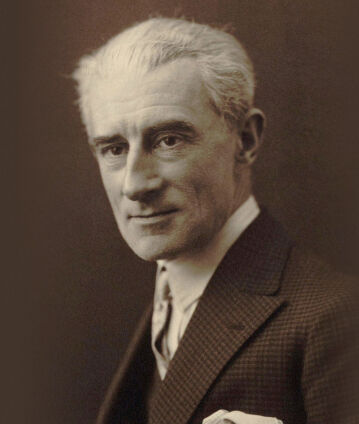Maurice Ravel
Composer
Of all the composers of the 20th century, Maurice Ravel perhaps mastered the most varied tonalities: he wrote in the Oriental, Austrian, Spanish and in his later works also in the American style, helped himself to the French Baroque, the First Viennese School and incorporated impressions of Modernism. In an astonishing way, Ravel’s music always remains recognisably his own. And it is precisely thanks to its cosmopolitanism that Ravel’s musical language remains French through and through. For France, especially Paris, was a melting pot of stylistic forms of expression in Ravel’s time.
With the exception of the full-length ballet Daphnis et Chloé, Ravel’s orchestral pieces last barely longer than 20 minutes. Even the two operas L’Heure espagnole and L’Enfant et les sortilèges fit comfortably in one half of a concert. As short as these works are in duration, they are rich in imagination and colour. One of the prime examples is his famous Boléro: Ravel presents a recurring theme in new timbres each time, and in so doing, unfolds an irresistible maelstrom over the course of a quarter of an hour. Ravel did not shy away from using a new instrument such as the saxophone in the orchestra – his feeling for sound made him one of the leading representatives of Impressionism in music. Ravel suffered from a progressive brain disease as early as the 1920s, which led to fatigue and depression, among other things, and consequently to significantly reduced productivity. Nevertheless, major works such as the two piano concertos were composed during this period, during which the composer also went on extensive concert tours. The composer conducted a performance of his jazz-influenced G major Piano Concerto with the Berliner Philharmoniker in 1932.